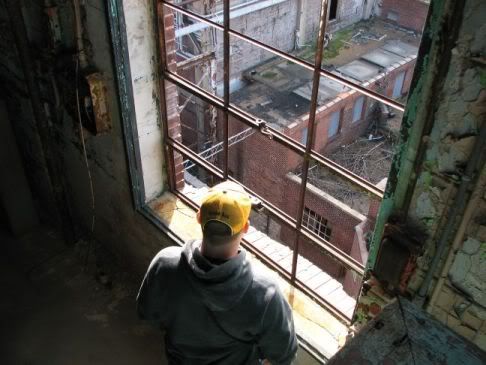St. Charles' Resident Shipwreck
 In 1879, just as the era of the great river steamships was coming to an end, the Coulson Company constructed three of the largest and greatest steamboats the rivers of America had ever seen: the Wyoming, the Dakota, and the Montana. It was hoped that their sheer size and capacity for cargo would help them compete with the ever expanding railroads. Unfortunately for the Montana, this immense size becamse it's downfall. While most of the famous steamships that once traveled the rivers are long demolished or lying completely submerged beneath the murky waters of the Mississippi or Missouri Rivers, the unique wreck of the Montana allows us a firsthand look at this amazing time in our nation's history.
In 1879, just as the era of the great river steamships was coming to an end, the Coulson Company constructed three of the largest and greatest steamboats the rivers of America had ever seen: the Wyoming, the Dakota, and the Montana. It was hoped that their sheer size and capacity for cargo would help them compete with the ever expanding railroads. Unfortunately for the Montana, this immense size becamse it's downfall. While most of the famous steamships that once traveled the rivers are long demolished or lying completely submerged beneath the murky waters of the Mississippi or Missouri Rivers, the unique wreck of the Montana allows us a firsthand look at this amazing time in our nation's history. In 1884, five years after it began it's life as a steamboat, the Montana collided with a Railroad Bridge that spanned the Missouri river just east of St. Charles. Though it began sinking immediately, the captain was able to make it to the riverbank in one piece. No one was killed, and all the goods and cargo aboard the Montana were able to be removed. Over the years, as the majority of the ship deteriorated or was carried away, the wreck became part of local legend. Every few years when the river waters were especially low, the remains of the great ship emerged and the legend continued. I had heard about this wreck from my father, and today Matt and I decided to see if we could find the Montana. I had no idea how much we actually would find.
In 1884, five years after it began it's life as a steamboat, the Montana collided with a Railroad Bridge that spanned the Missouri river just east of St. Charles. Though it began sinking immediately, the captain was able to make it to the riverbank in one piece. No one was killed, and all the goods and cargo aboard the Montana were able to be removed. Over the years, as the majority of the ship deteriorated or was carried away, the wreck became part of local legend. Every few years when the river waters were especially low, the remains of the great ship emerged and the legend continued. I had heard about this wreck from my father, and today Matt and I decided to see if we could find the Montana. I had no idea how much we actually would find.
After trudging through the thick growth for over a half mile between the river and where we decided to park (passing right through a paintball facility we didn't know was there and narrowly missing getting caught in a crossfire), we made it to a river and tried to see if we could find the ship. Our navigational skills seem to be pretty keen, and I immediately heard Matt utter "Wow, jackpot." There was the Montana, and the low river levels left her more exposed than I could ever have hoped for. What remained of her hull seemed to be completely intact, albeit slightly warped. After lying in the sands and clay and murky water of the M
 issouri for over 120 years, I guess we can forgive her that. I didn't think it would be safe to walk out onto her, but after Matt gave me "permission to come aboard," I saw that she was SOLID. It appeared that the harsh elements had somewhat petrified what wood was left. It was still wood, but wasn't soft like you'd assume.
issouri for over 120 years, I guess we can forgive her that. I didn't think it would be safe to walk out onto her, but after Matt gave me "permission to come aboard," I saw that she was SOLID. It appeared that the harsh elements had somewhat petrified what wood was left. It was still wood, but wasn't soft like you'd assume.Many parts of the ship are still visible, from the engine rails (which seem to have been placed in a pile on the shore above the wreck) to the spokes of the great paddlewheel. I am assuming it is so uncovered due to excavation work that has been done on it by students from East Carolina University. They have worked dilligently to preserve and document what they could of the great wreck, and it has exponentially increased our knowledge of how the great steamships were constructed. You can read about this here: http://www.ecu.edu/maritime/Field/fall2002/Day%2021.htm . All I can say is, it is quite a feeling to be completely connected in such a tangible way with the history of the area. The wreck of the montana has lasted for 120 years. Hopefully it will last another 120 so that future generations can appreciate this great icon of a bygone era.














0 Comments:
Post a Comment
<< Home